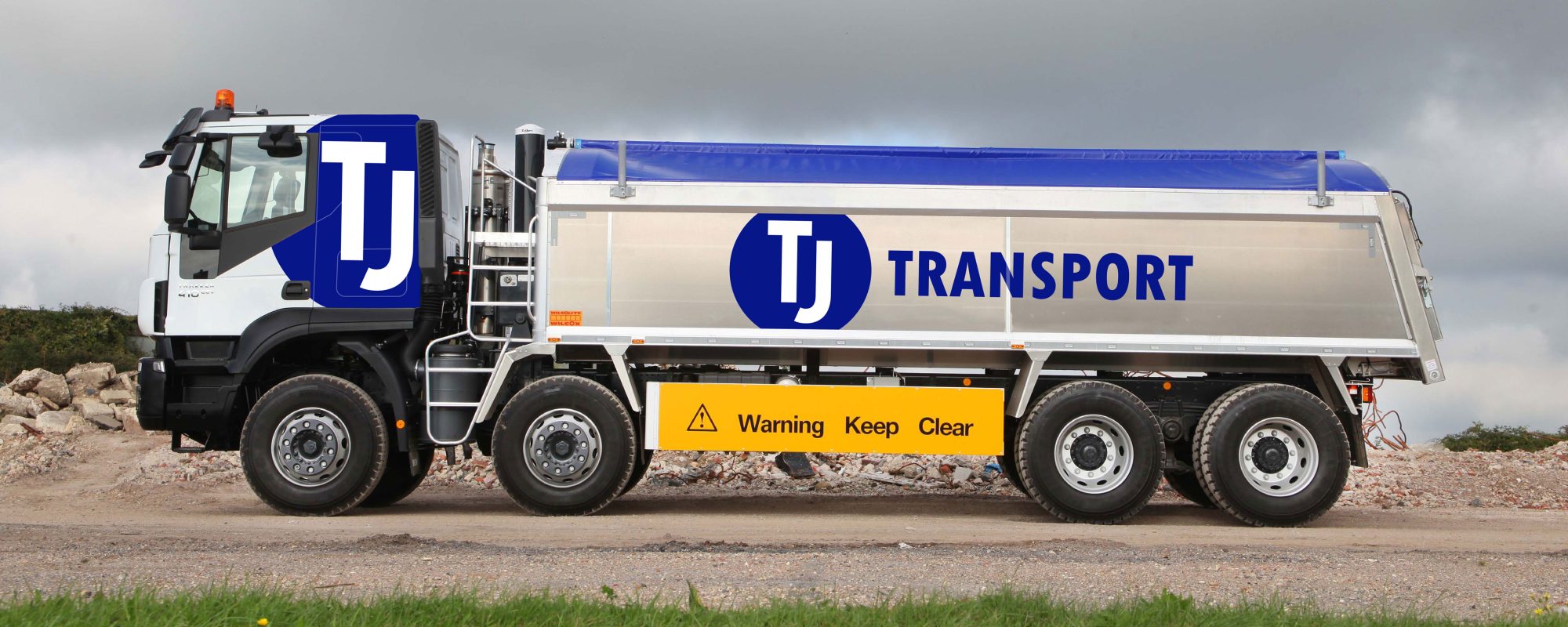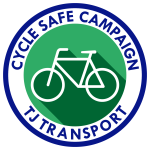Change your stored postcode to update prices for your location.
Across the UK, uptake of cycling – especially inner city – is on the increase, due to a growing population and higher density urban zones. Whilst this form of travel presents numerous benefits to the economy through congestion easing, and to the environment through emission reduction, it poses a growing risk to this vulnerable road user (VRU) group as exposure to vehicle road users increases, including HGV’s; especially in emerging cities or where highway infrastructure is (considered) insufficient, including, but not limited to Portsmouth, Hampshire. The county itself has a growing percentage of cyclist road casualties, according to the Department for Transport (DfT) the percentage of cyclists seriously injured or killed increased from 166 in 2012, to 209 in 2014 (STATS 19, 2014). As in other large urban areas such as London, cyclist collisions with HGV’s account for a disproportionate number of road casualties. Government figures report that HGV-cyclist incidents accounted for 23% of cyclist fatalities in 2013, despite HGV’s accounting for only 5% of traffic in GB.
As part of TJ Transports commitment to managing work related road risk (WRRR) with respect to vulnerable road users – especially cyclists – an integrated Cycle Safe Campaign was formally created in 2016 to deliver a framework for internal and external initiatives to meet a growing responsibility, in terms of increasing fleet and vulnerable road user interaction. In line with wider industry initiatives, such as the TfL Fleet Operator Recognition Scheme (FORS) and Construction Logistics and Cycling Safety (CLOCS) Standard, TJ Transport has vowed to operate vehicles with the latest safety technology, some of which is outlined below.
 1
2
3
4
5
1
2
3
4
5

Change your stored postcode to update prices for your location.
Notifications